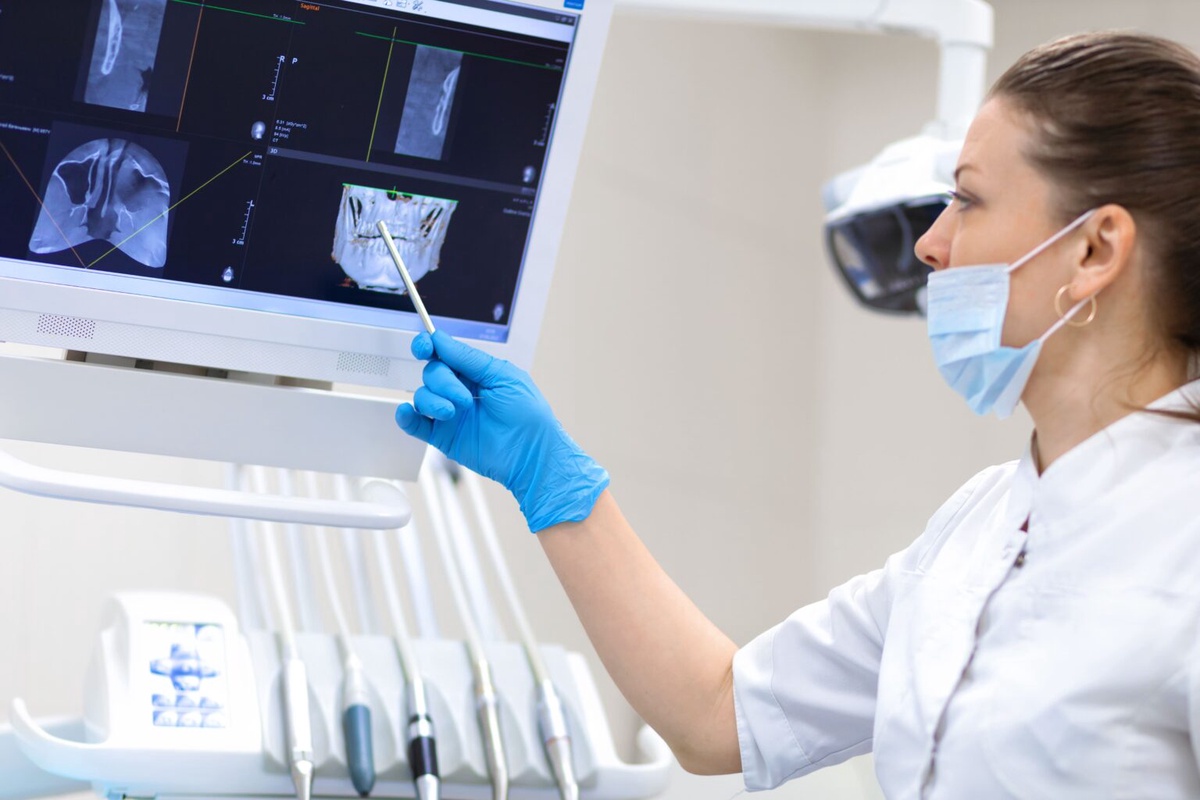Dental X-rays, also known as radiographs, are a common diagnostic tool used by dentists to assess oral health. They provide valuable insights that help in diagnosing dental issues, planning treatments, and monitoring oral conditions over time. However, concerns about radiation exposure have led many patients to wonder: Are dental X-rays safe? In this article, we will explore the safety of dental X-rays, their purpose, the different types, and the precautions taken to minimize radiation exposure.
The Purpose of Dental X-Rays:
Dental X-rays are a crucial part of comprehensive oral health care for several reasons:
- Early Detection: X-rays can reveal dental issues that may not be visible during a regular dental examination. This includes cavities, gum disease, infections, and tumors.
- Treatment Planning: Dentists use X-rays to plan treatments such as root canals, extractions, and dental implants. They can assess bone density and tooth alignment to create effective treatment strategies.
- Monitoring Changes: X-rays help track changes in the oral health of patients over time. They are essential for monitoring the development of teeth in children and assessing any oral changes in adults.
Types of Dental X-Rays:
Dental X-rays fall into two primary categories: intraoral and extraoral. Intraoral X-rays are taken inside the mouth, while extraoral X-rays are taken outside the mouth. Within these categories, several types of X-rays serve specific purposes:
- Bitewing X-Rays: These are the most common intraoral X-rays and provide a detailed view of the upper and lower back teeth. They are typically used to detect cavities between teeth and assess the fit of dental fillings.
- Periapical X-Rays: Periapical X-rays focus on a specific tooth and capture the entire tooth from the crown to the root. They are used to diagnose dental problems, including tooth root issues and bone loss.
- Panoramic X-Rays: Panoramic X-rays are extraoral and provide a comprehensive view of the entire mouth, including the teeth, jaw, and surrounding structures. Dentists often use these for orthodontic treatment planning and to identify tumors, cysts, and impacted teeth.
- Cone Beam Computed Tomography (CBCT): CBCT is an advanced form of X-ray that provides three-dimensional images of the oral and maxillofacial region. Dentists use CBCT for complex procedures like dental implants and oral surgery planning.
- Orthodontic X-Rays: These X-rays capture images of the entire head and are used to assess facial and jaw development in orthodontic treatment planning.
Radiation Exposure and Safety Measures:
Dental X-rays do involve exposure to ionizing radiation, which can potentially have harmful effects. However, the level of radiation used in dental X-rays is minimal, and dentists take various precautions to ensure patient safety:
- Lead Aprons and Collars: Patients are typically provided with lead aprons and thyroid collars to shield sensitive areas from radiation.
- High-Speed Film and Digital X-Rays: The use of modern X-ray equipment and high-speed film or digital sensors allows for lower radiation exposure and faster image development.
- Limiting the Number of X-Rays: Dentists follow guidelines from professional organizations like the American Dental Association (ADA) to ensure that X-rays are taken only when necessary. The frequency of X-rays depends on the patient's age, risk factors, and oral health.
- Pregnancy Precautions: Pregnant patients are advised to avoid X-rays unless they are absolutely necessary for diagnosis or treatment planning. In such cases, additional shielding and precautions are taken.
- Patient Education: Walk-in dentists inform patients about the benefits and risks of X-rays and answer any questions or concerns.
Assessing Risk vs. Benefit:
The decision to take dental X-rays is based on a risk versus benefit analysis. The potential risks associated with dental X-rays, including the minimal radiation exposure, are outweighed by the benefits of early diagnosis and effective treatment planning. Ignoring or delaying necessary X-rays can lead to undetected oral health problems, which may worsen over time and require more invasive and costly treatments.
Alternative Diagnostic Methods:
In some cases, dentists may use alternative diagnostic methods to reduce radiation exposure. For instance, if a patient has a low risk of oral health issues, a dentist may choose to delay X-rays and rely on clinical examination, patient history, and visual inspection.
Conclusion
Dental X-rays are a valuable tool in modern dentistry, allowing for early diagnosis, effective treatment planning, and the monitoring of oral health. While they involve minimal radiation exposure, dentists take numerous precautions to ensure patient safety. It is essential for patients to discuss any concerns with their dental provider and actively participate in the decision-making process. By understanding the risks and benefits of dental X-rays, patients can make informed choices about their oral health care, ensuring that they receive the best possible treatment while minimizing radiation exposure. Regular communication with your dentist will help strike the right balance between effective diagnosis and safety.


No comments yet